The Historical Significance of Purple Checkered Rug
Purple checkered rug carry a rich historical legacy, symbolizing wealth, power, and prestige through the ages. The origins of purple dye trace back to ancient times, with the production of Tyrian purple—a dye extracted from sea snails—being an elaborate and costly process. This rarity made purple highly coveted, often reserved for the elite. The Phoenicians were pioneers in perfecting this dye and established a far-reaching trade network that spread its influence throughout the Mediterranean.
During Roman times, purple became a symbol of imperial authority. Emperors wore purple robes as a mark of their supreme power and divine right, and laws were enacted to limit the use of purple to the emperor and his closest associates. This practice continued in the Byzantine Empire, where emperors and high officials wore purple to signify their elevated status.
Historically, the color purple has been linked with notable figures. Cleopatra, the last ruler of the Ptolemaic Kingdom of Egypt, was renowned for her use of purple, underscoring her regal status. In medieval Europe, purple was commonly used in the vestments of bishops and cardinals, symbolizing both spiritual and temporal authority.
The Cultural Legacy of Purple in Art, Fashion, and Literature
Purple’s impact extends far beyond clothing, influencing art, fashion, and literature throughout history. During the Renaissance, purple was frequently used in artworks to portray sacred figures such as the Virgin Mary, signifying their divine and regal qualities. Similarly, in literature, purple often symbolized nobility and grandeur, with playwrights like William Shakespeare employing the color to highlight their characters’ high status and affluence.
From ancient civilizations to modern times, purple has consistently been linked with power and luxury. Its enduring association with opulence and authority makes the purple checkered rug a compelling artifact, reflecting a rich legacy of prestige and elegance.
Modern Symbolism and Uses of Purple Checkered Rugs
Today, the color purple remains significant, embodying various symbolic and practical uses. Often linked with spirituality, purple helps create serene and meditative environments, rooted in its historical associations with mysticism and the divine. In creative fields, purple is favored for its ability to inspire innovation and originality, making it a popular choice for artists and designers seeking to evoke imagination and uniqueness.
Purple also represents luxury and sophistication. Its historical rarity made purple dyes expensive, a legacy that continues in modern branding and marketing. High-end brands frequently use purple in logos and packaging to convey exclusivity and prestige. Psychologically, purple blends the calming stability of blue with the dynamic energy of red, evoking both tranquility and passion.
In interior design, purple is used to craft spaces that are both soothing and stimulating. Light shades like lavender and lilac are ideal for bedrooms and relaxation areas, while deeper tones such as plum and eggplant can add dramatic flair to living rooms and dining spaces. The versatility of purple allows it to fit various design styles, from minimalist to opulent.
The Modern Cultural and Social Significance of Purple
Purple carries profound cultural and social meanings today. It is a prominent symbol in LGBTQ+ pride events, representing inclusion and diversity. The color also plays a significant role in feminist movements, symbolizing empowerment and the pursuit of gender equality. Various subcultures have embraced purple as a mark of identity and defiance, reinforcing its status as a symbol of transformation and resistance.
Several notable individuals and brands have effectively leveraged the power of purple to leave a lasting impression. Music icon Prince famously adopted purple as his signature hue, which became intrinsically linked with his artistic persona. Luxury brands like Cadbury and Hallmark incorporate purple to distinguish their products and boost their appeal. In the fashion world, designers such as Alexander McQueen and Versace frequently use purple to craft bold and unforgettable collections. The deliberate use of purple by these influential figures and brands underscores its ongoing relevance and versatility in contemporary culture.


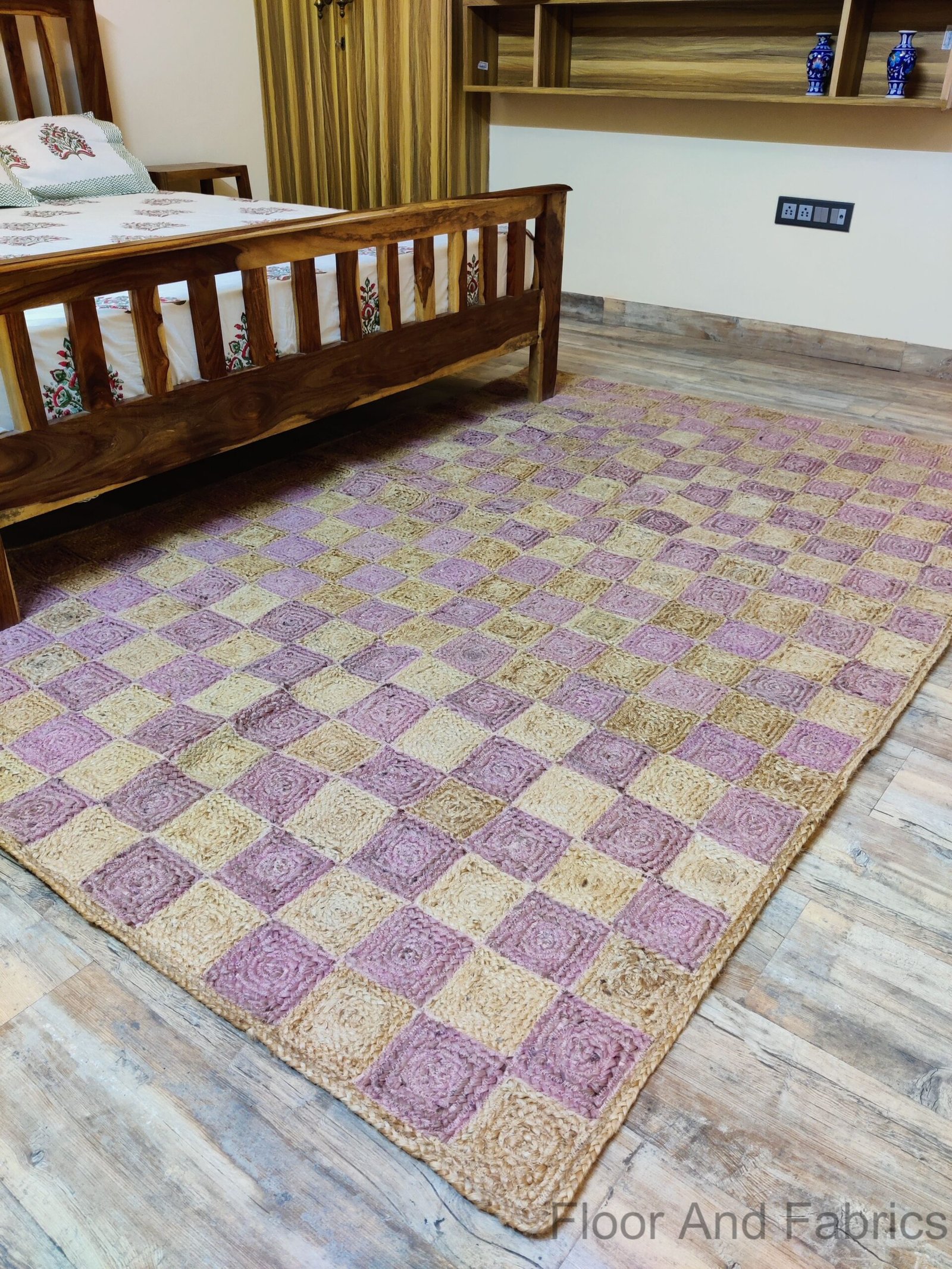
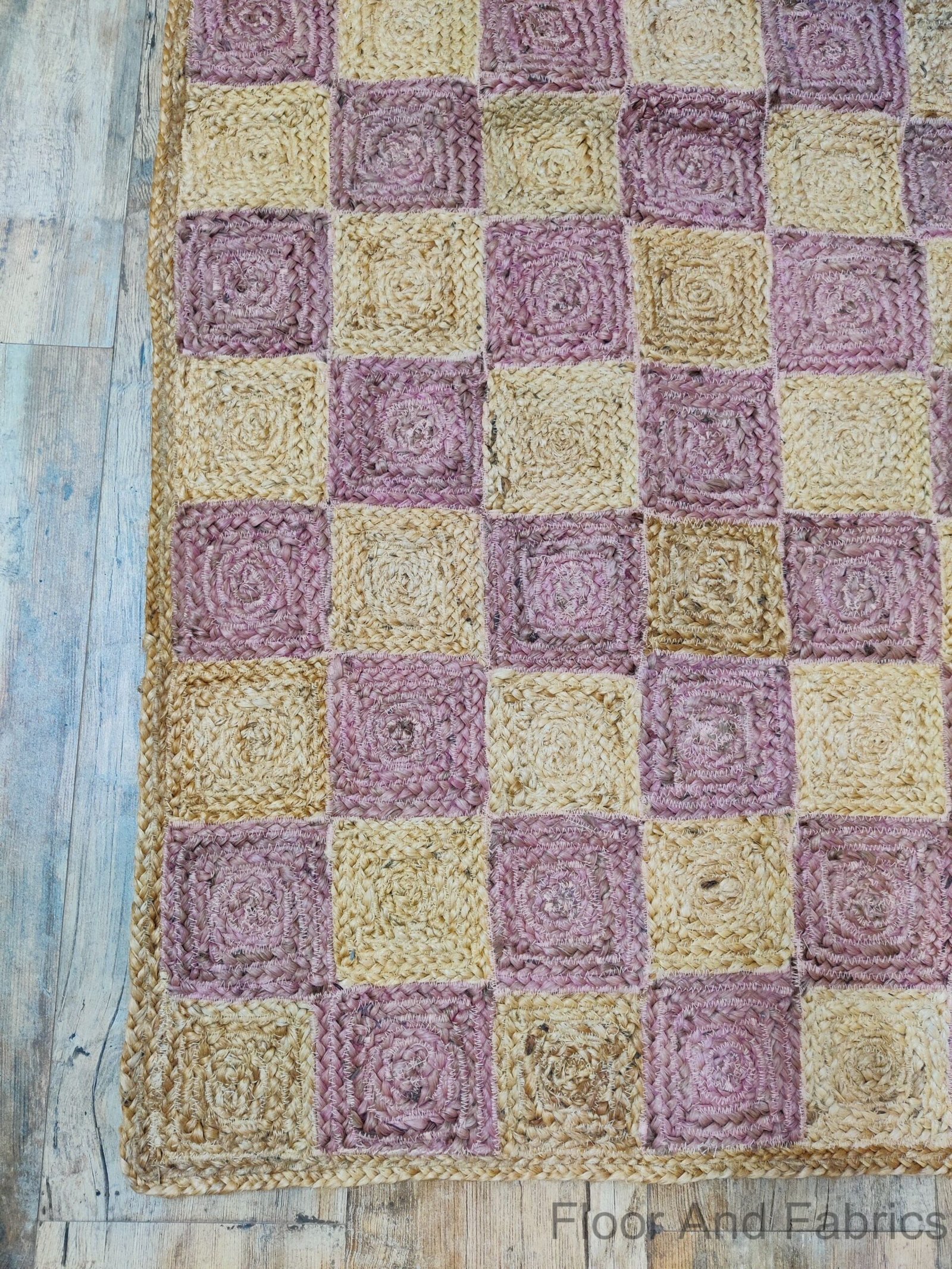
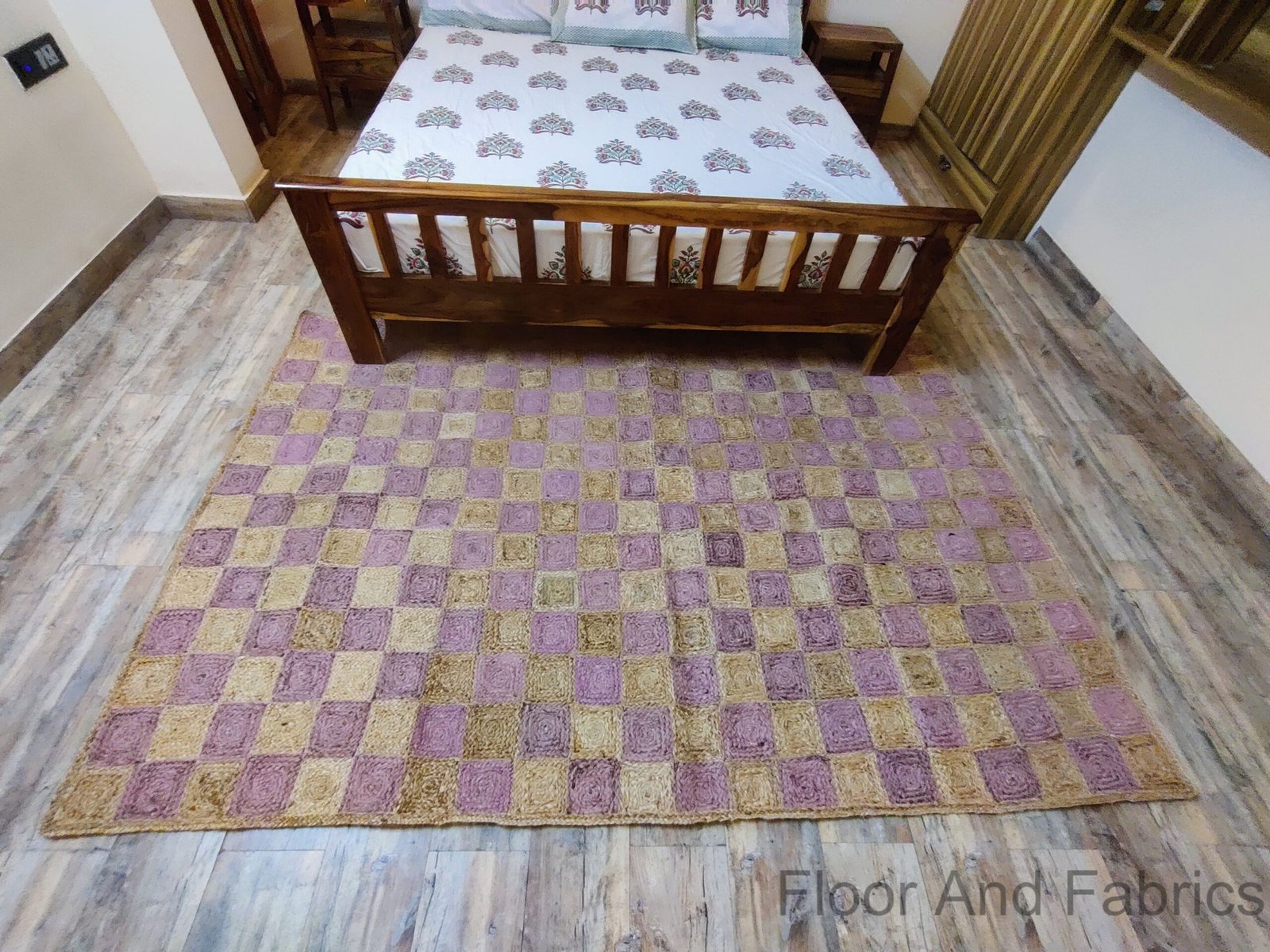
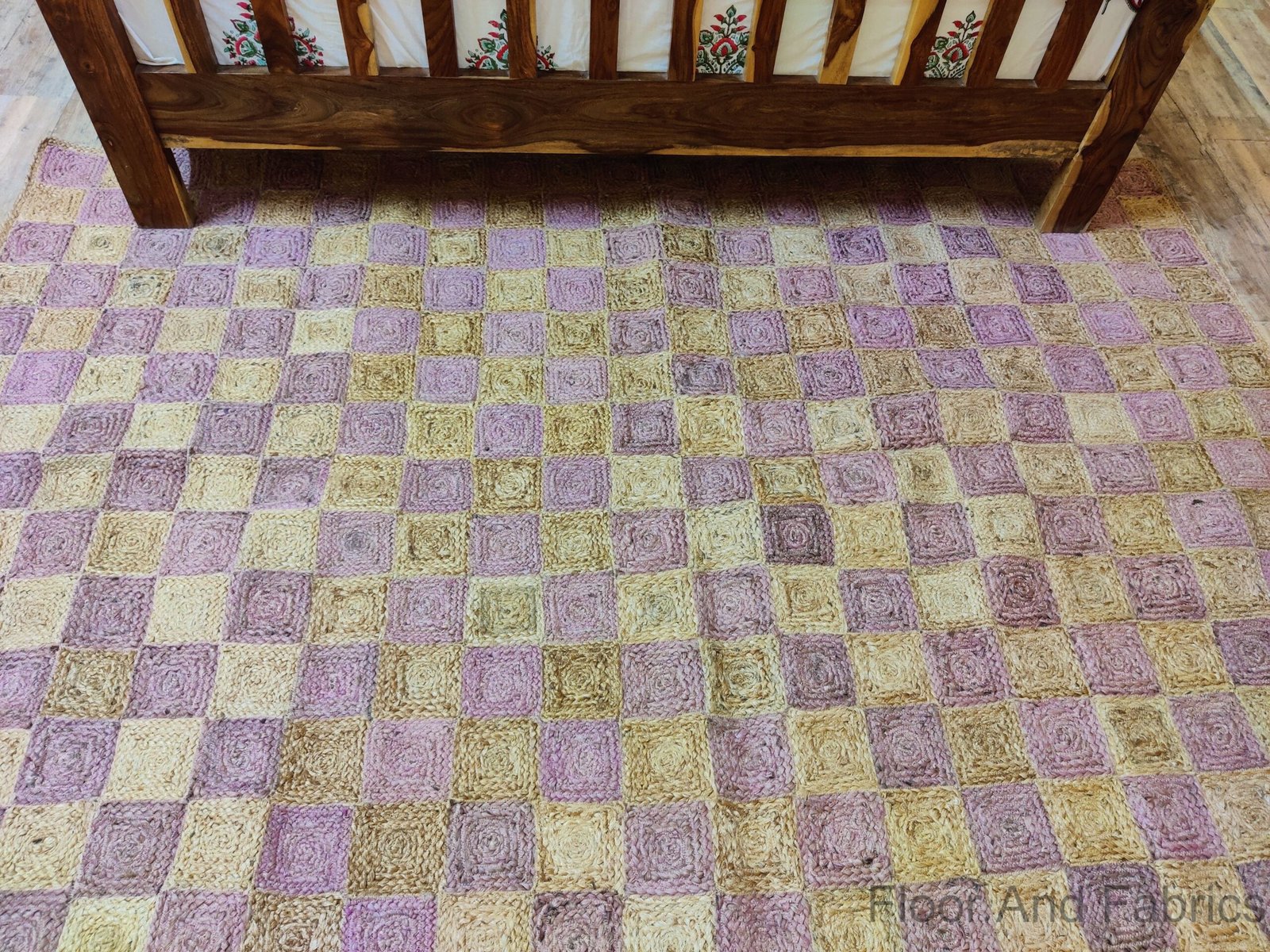
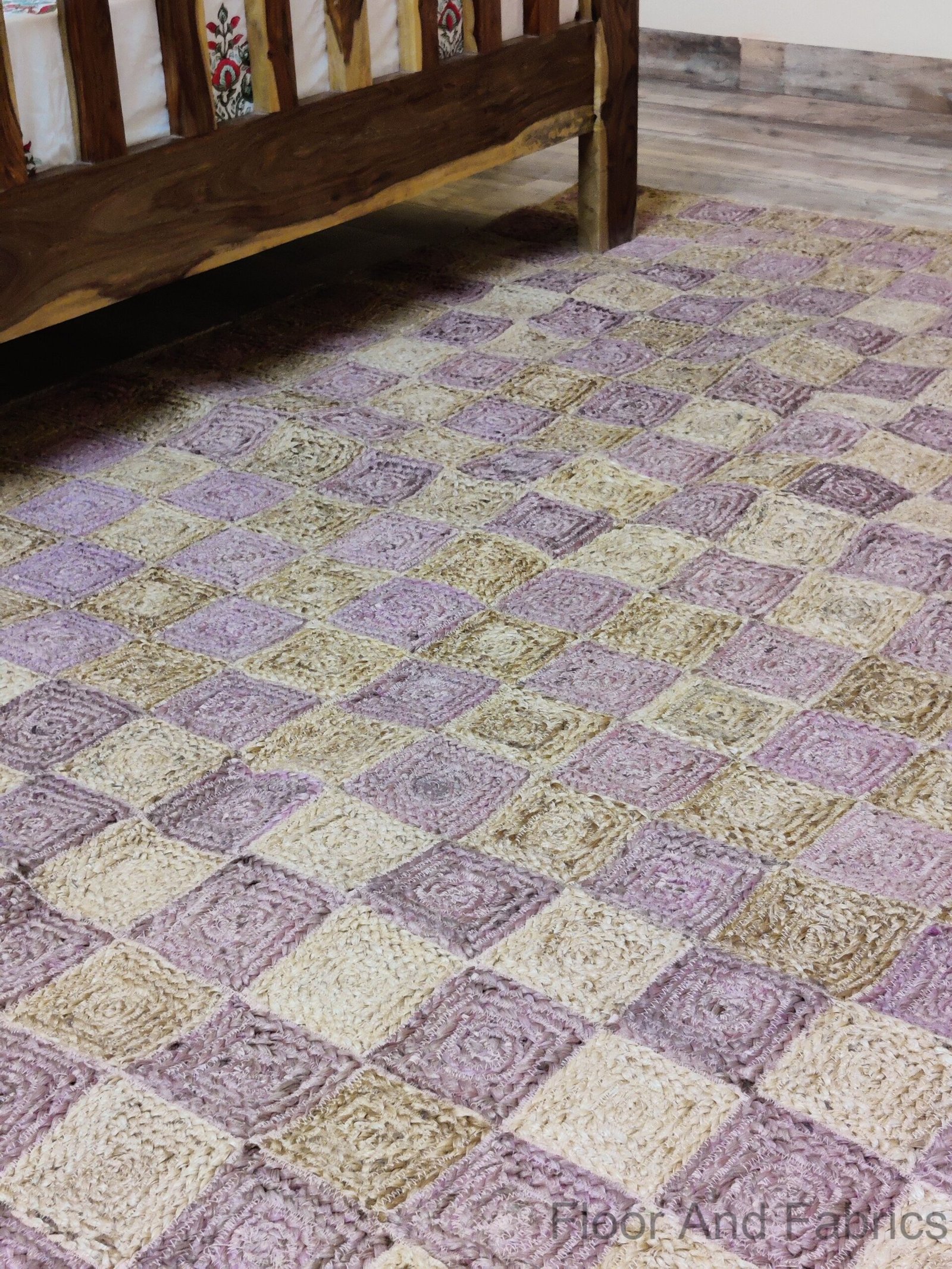
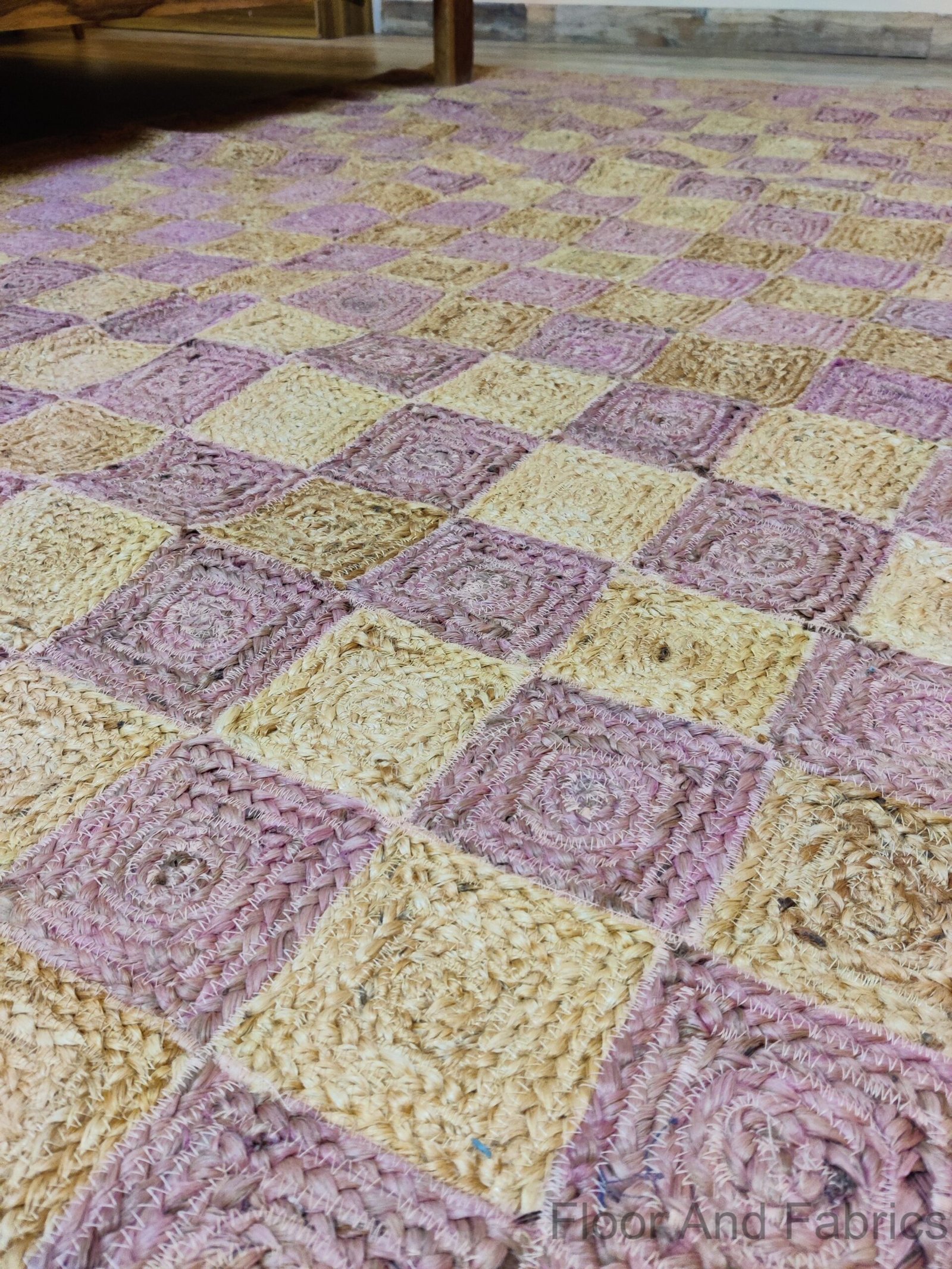

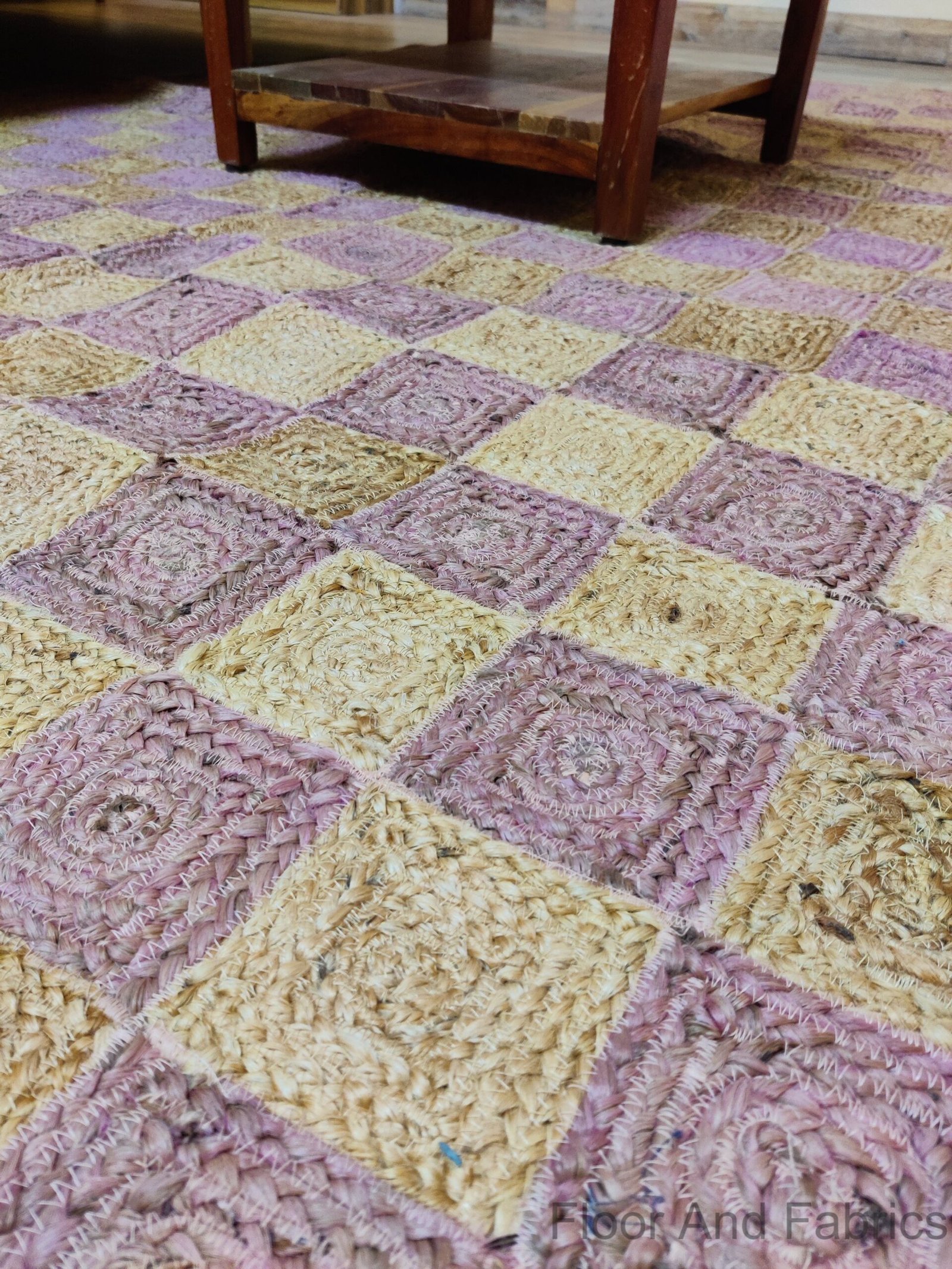
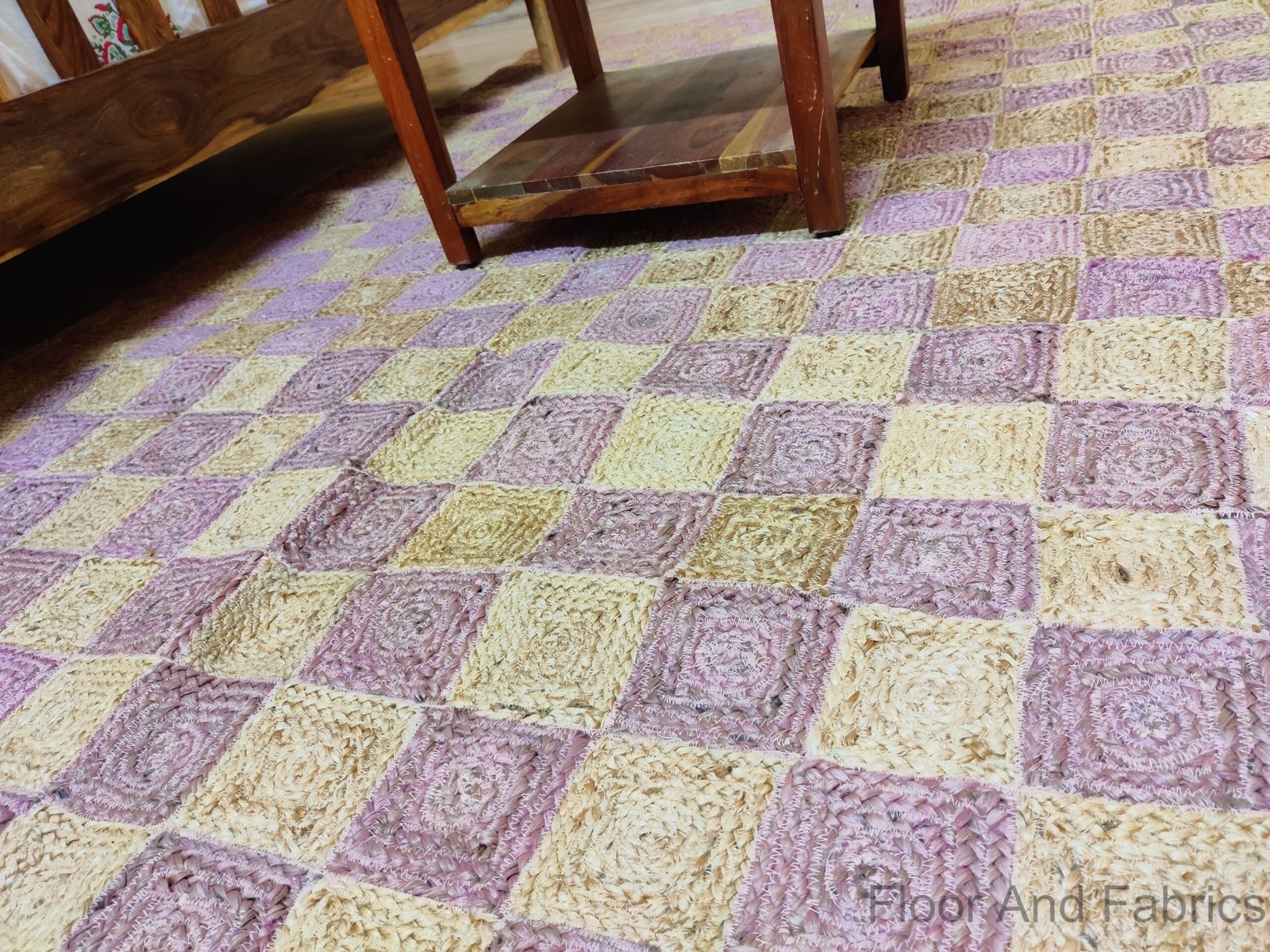
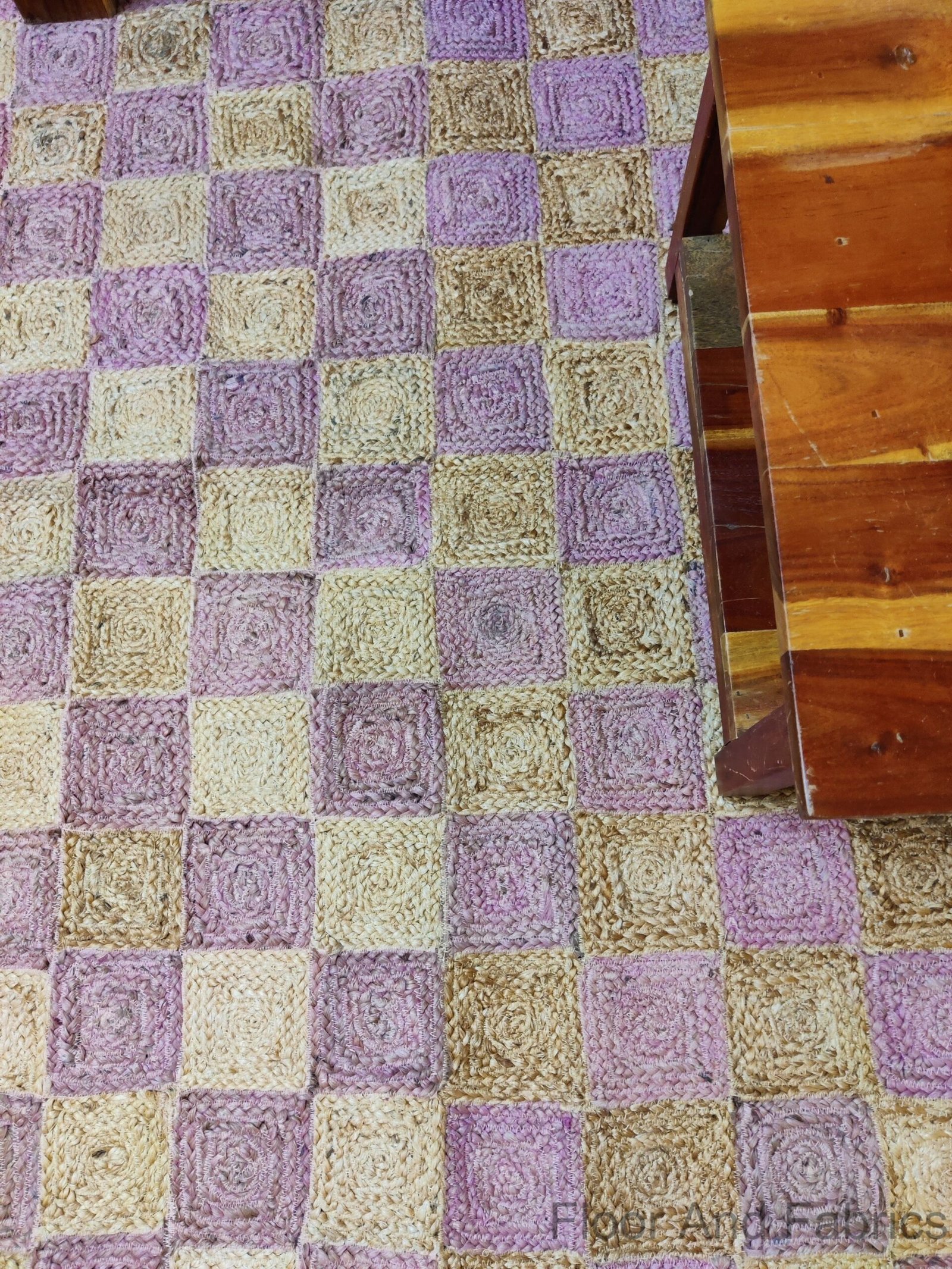
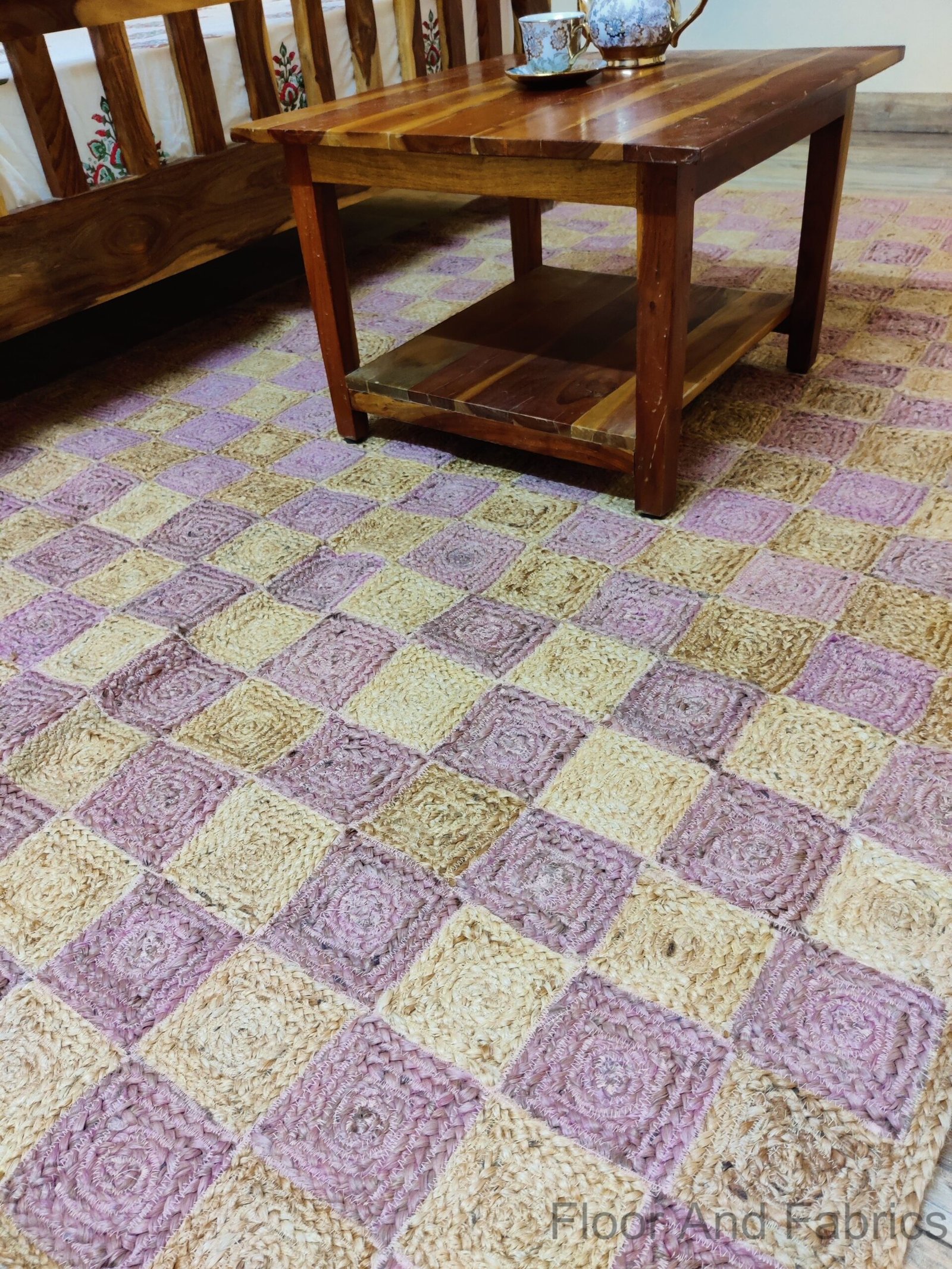
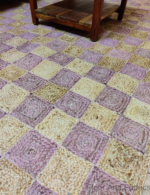
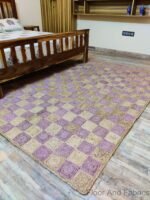
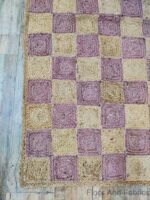


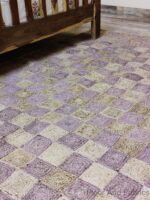
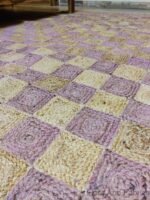
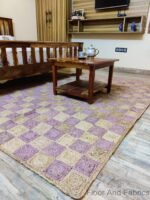
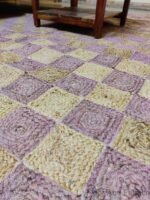

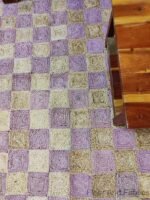
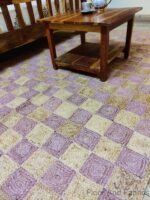
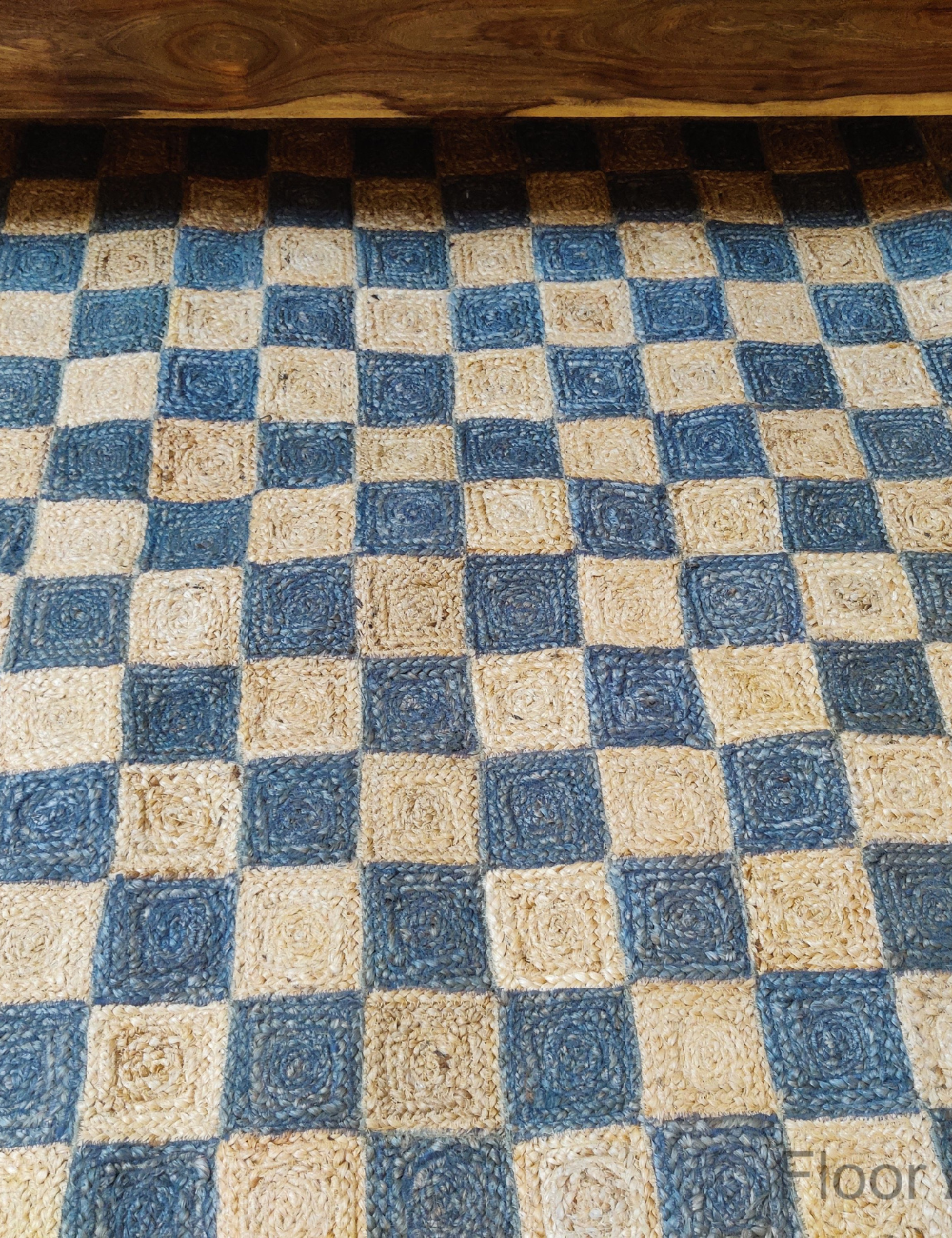
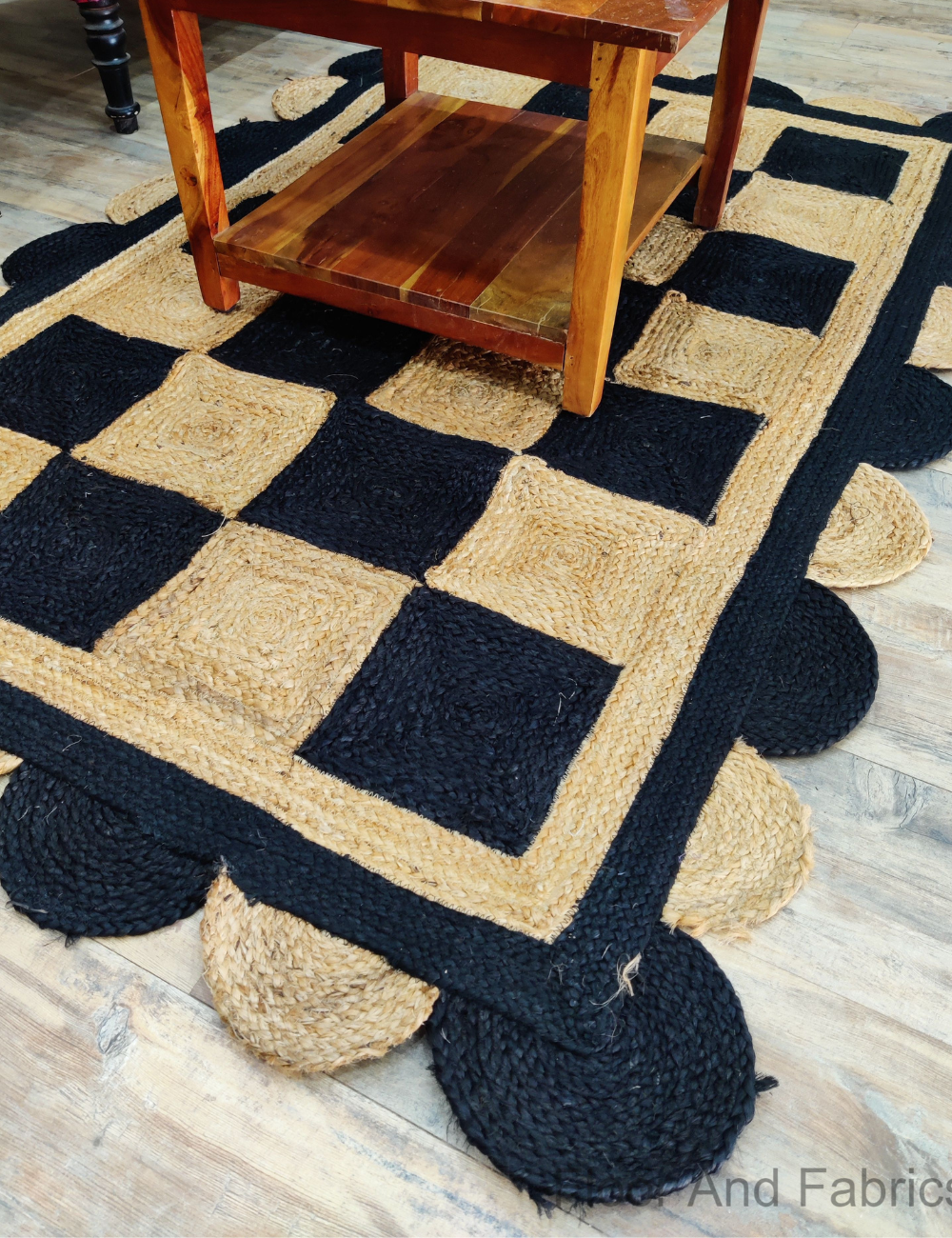



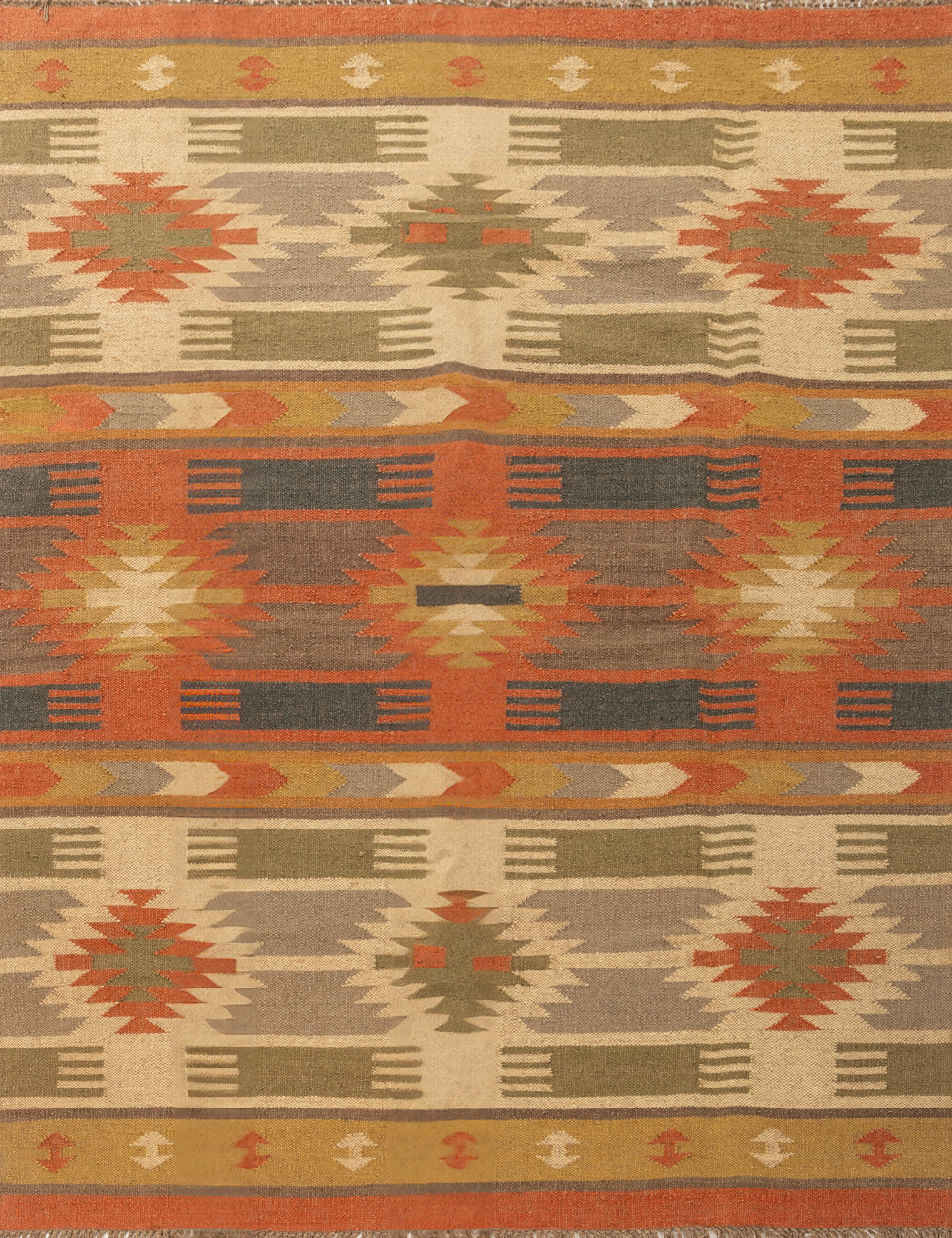
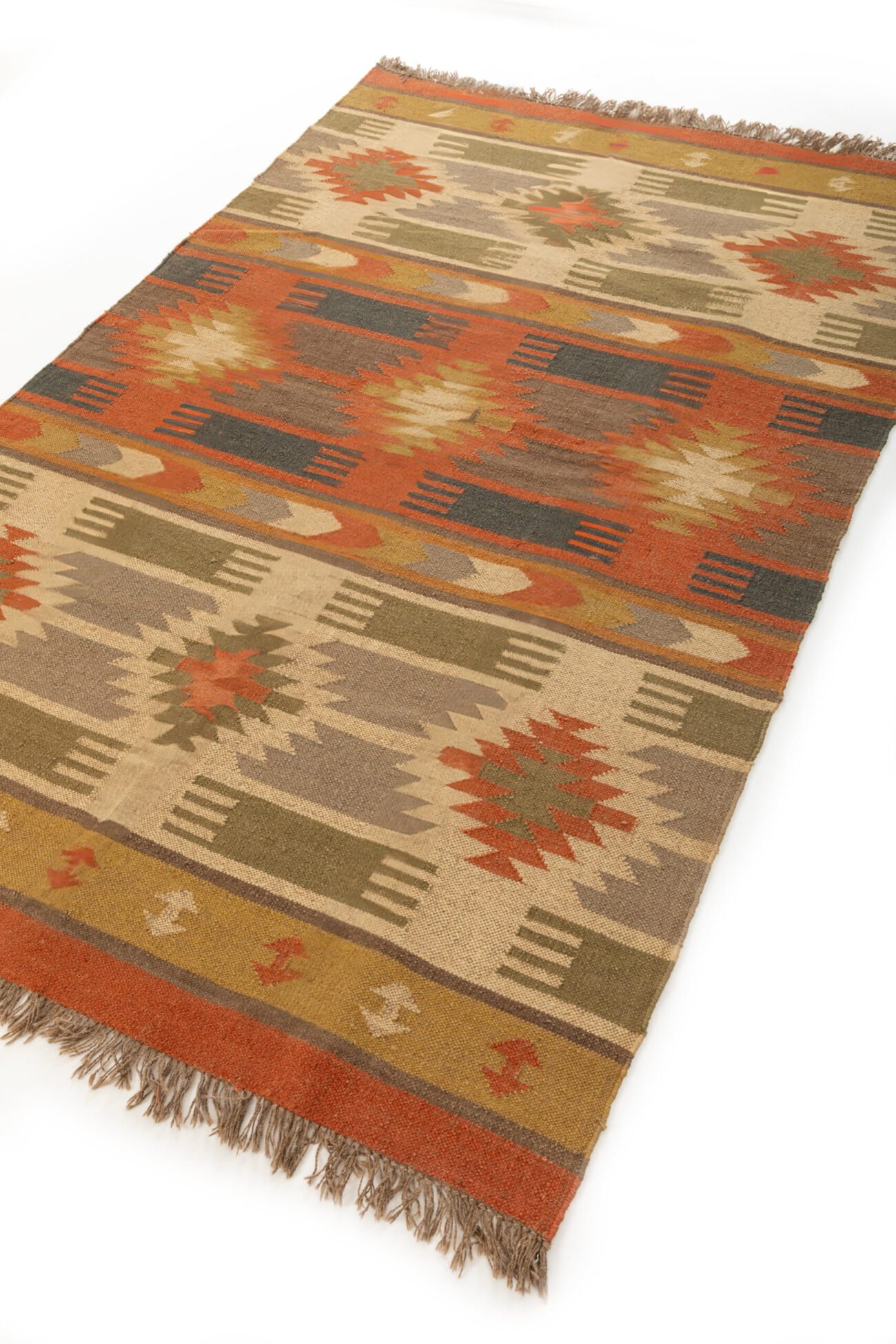
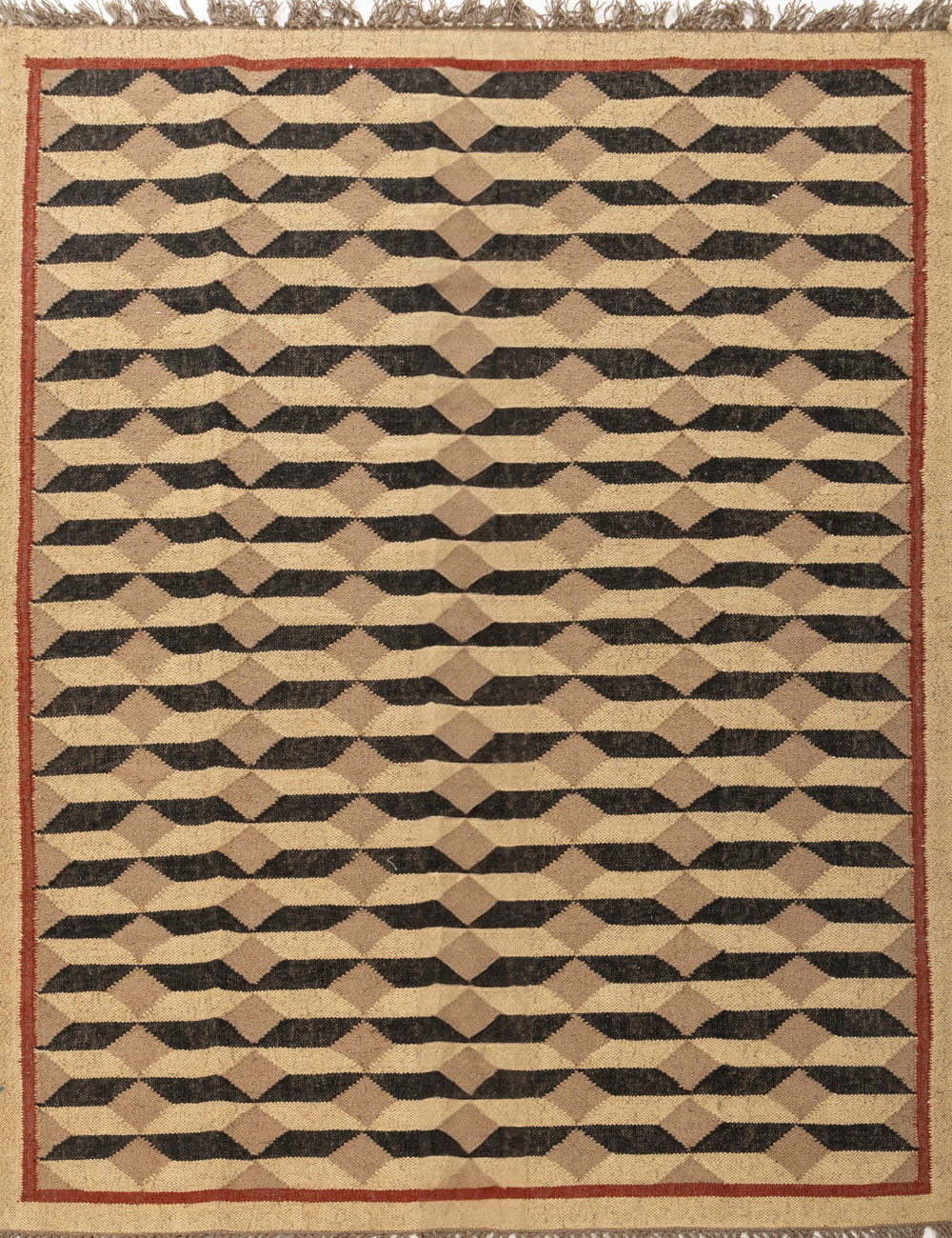



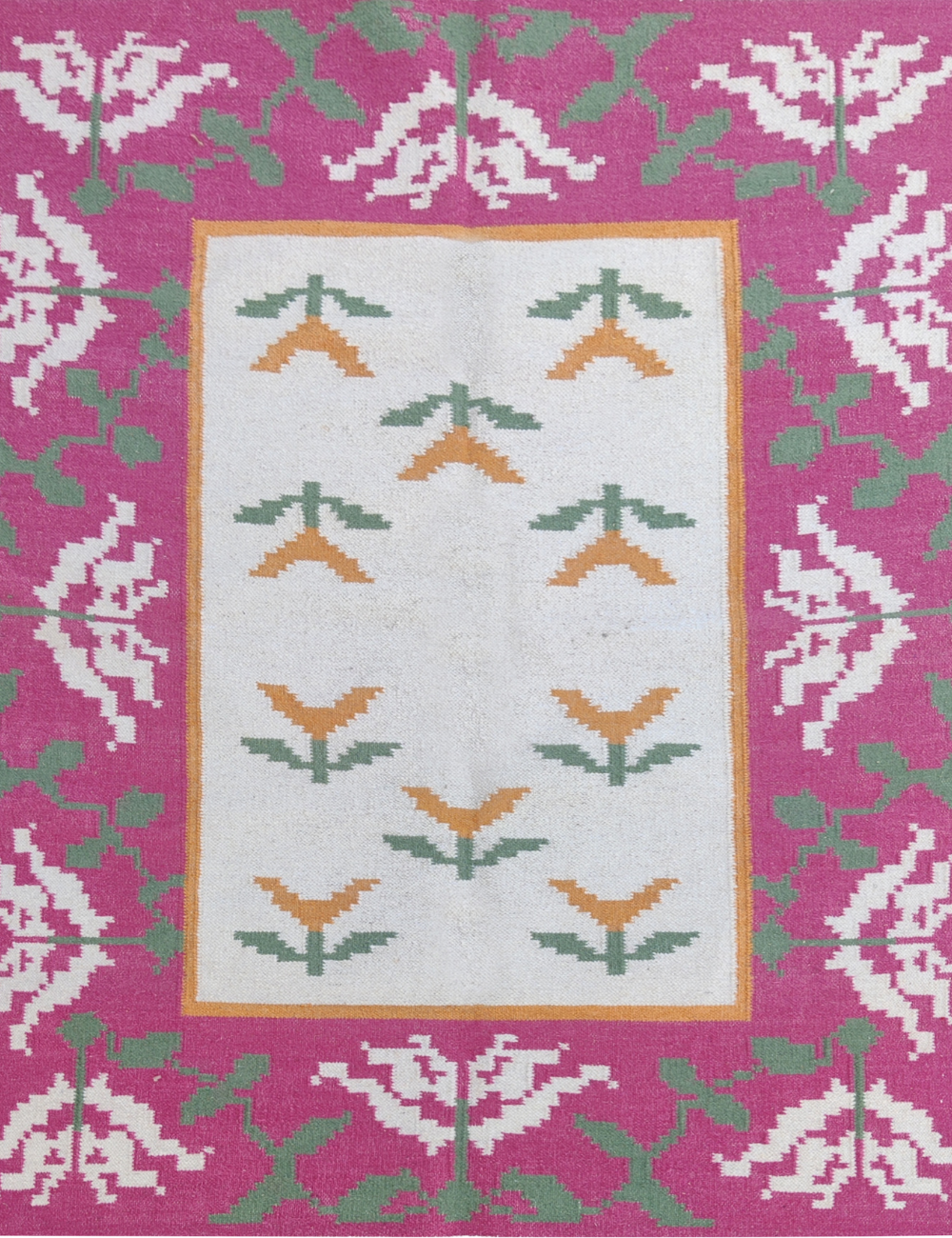
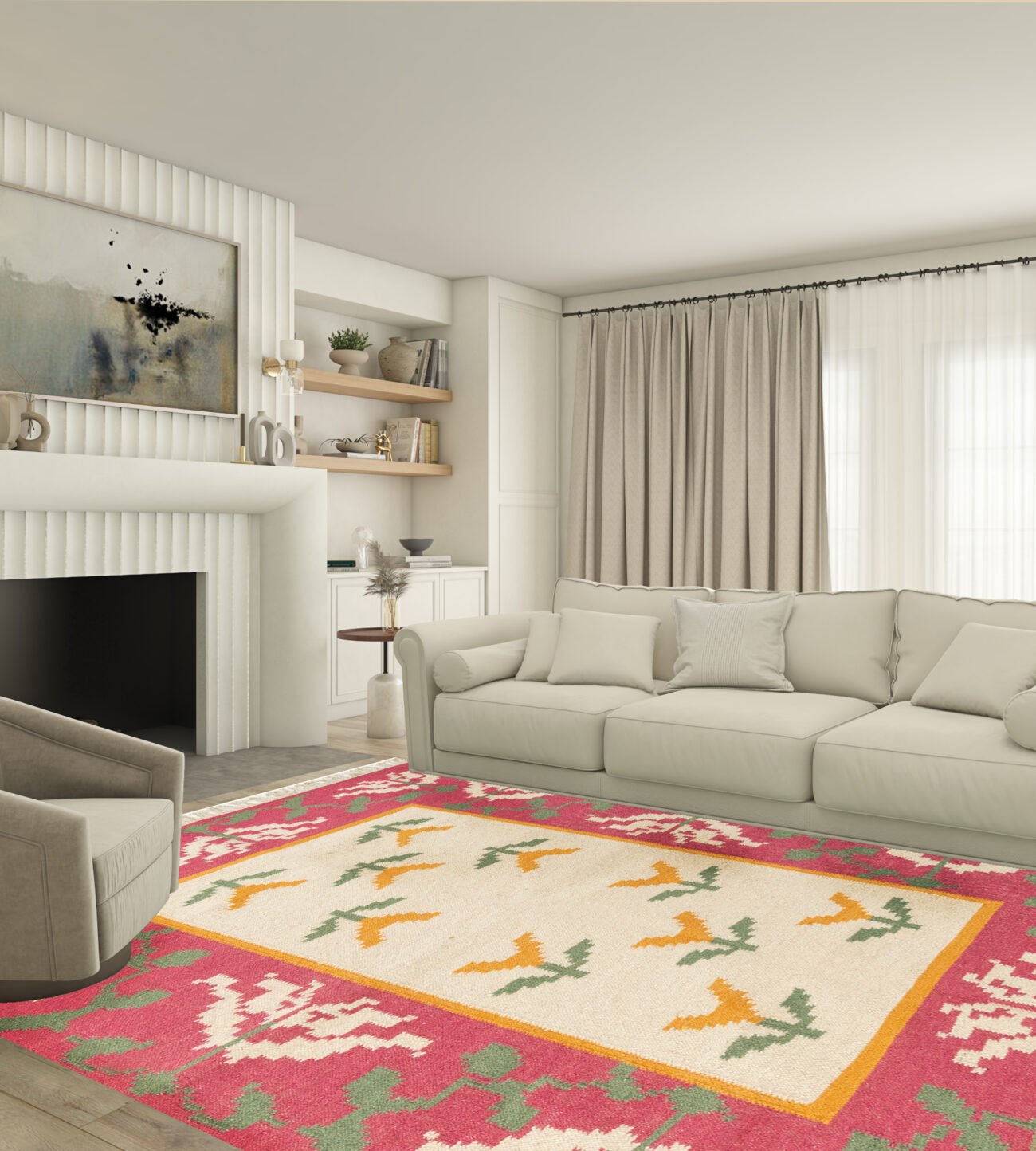
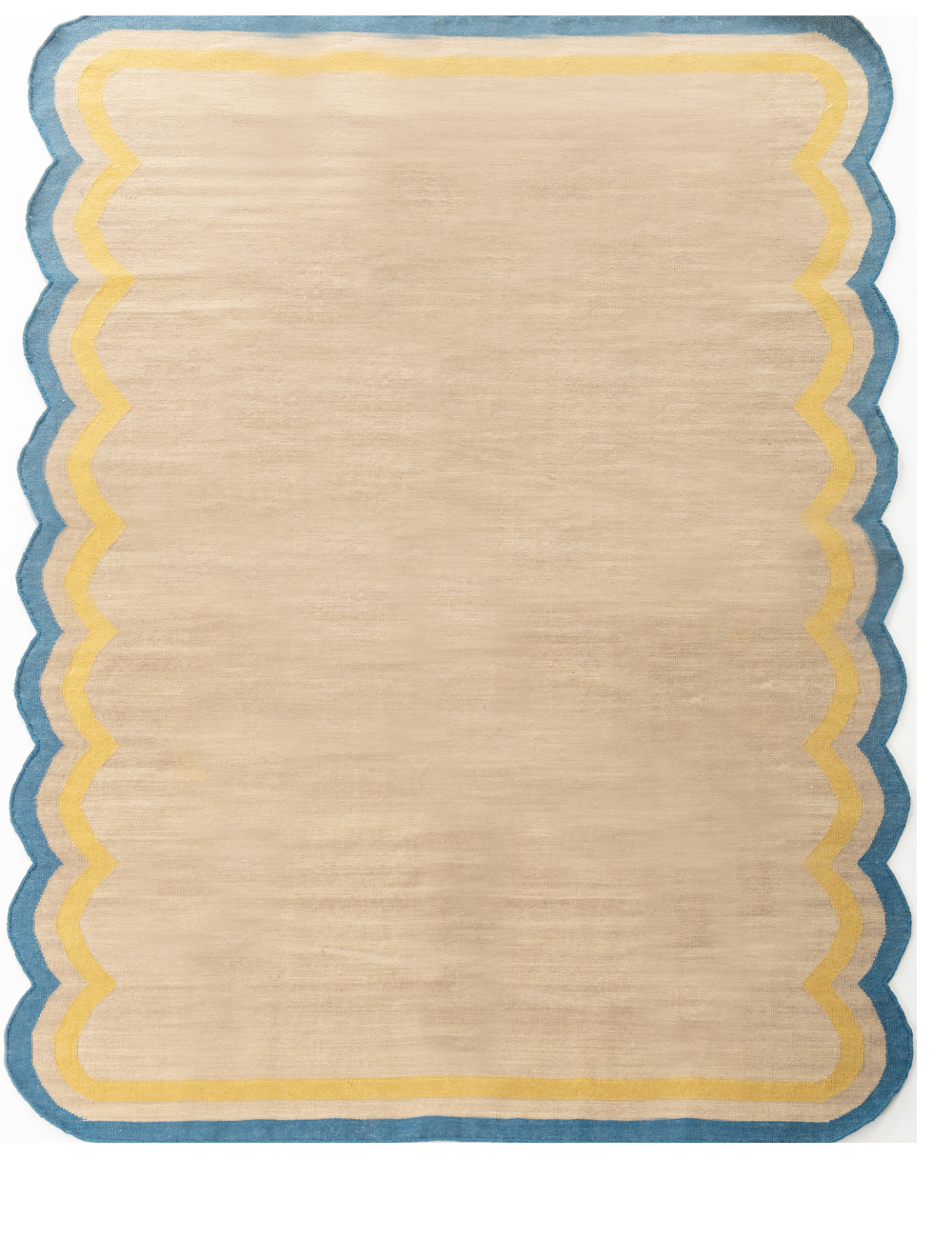

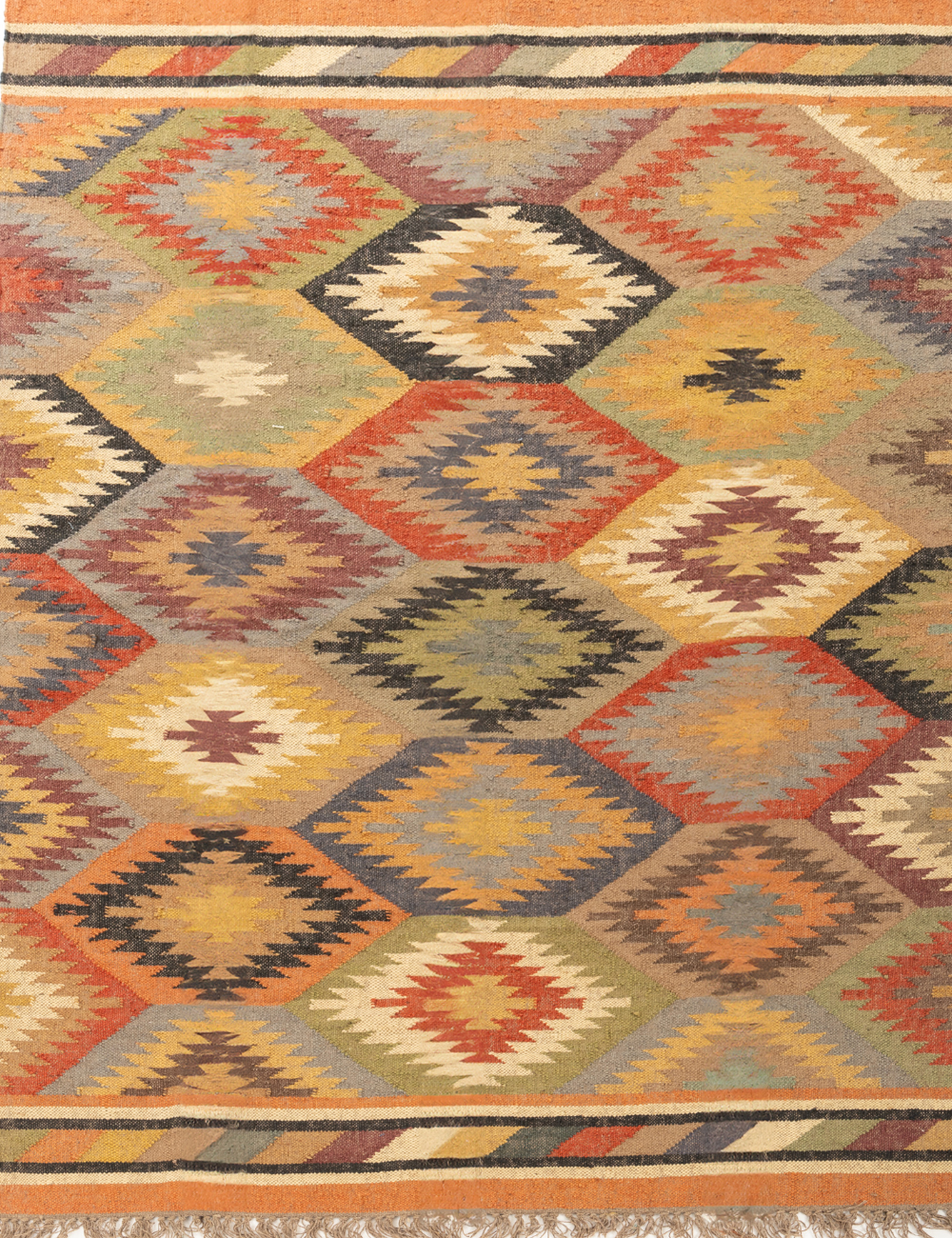

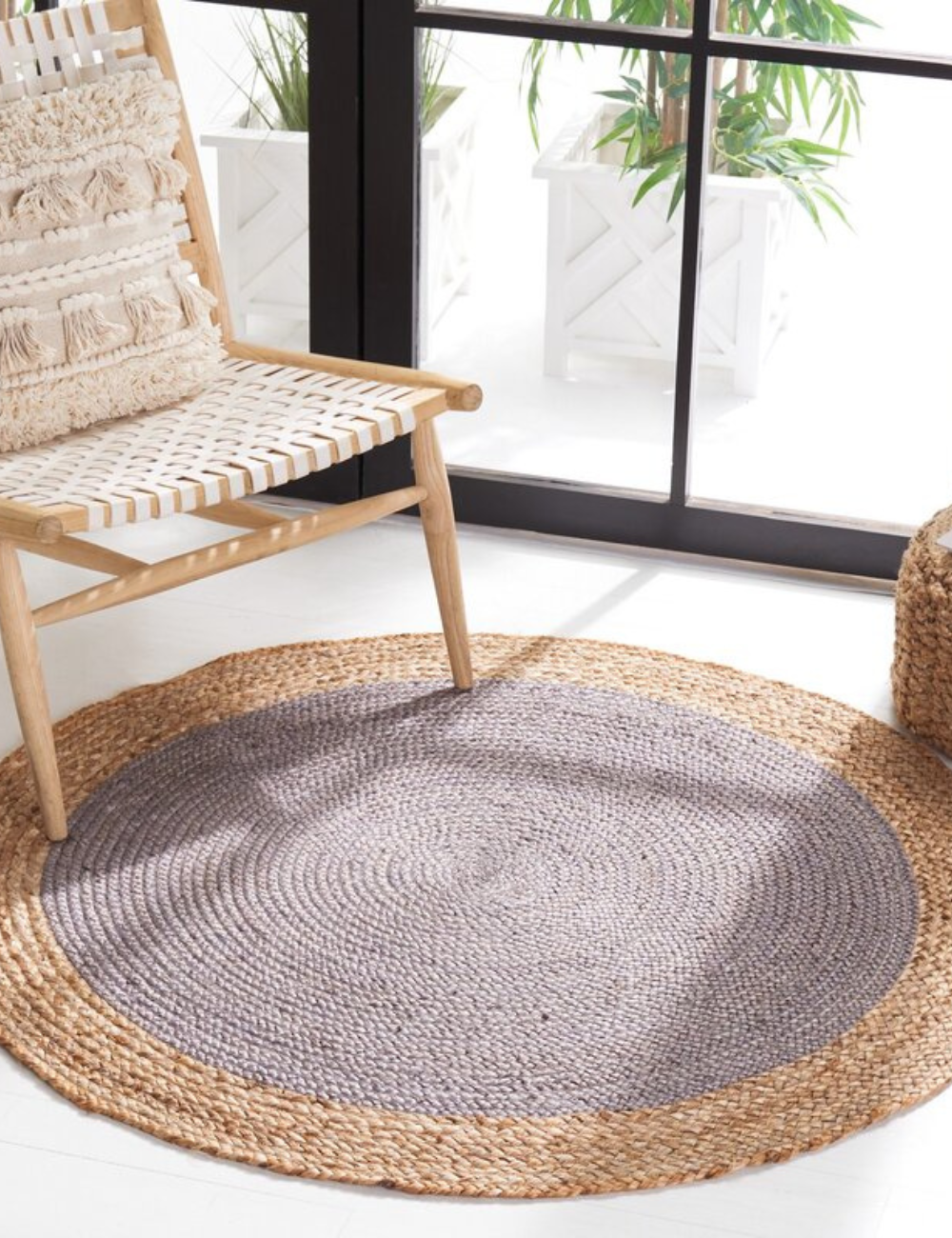
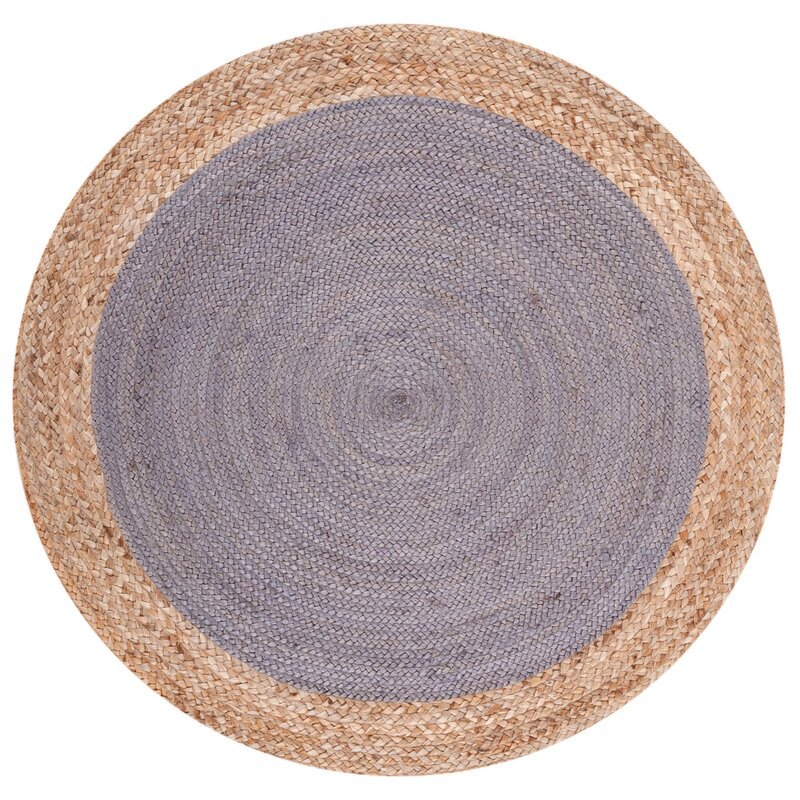
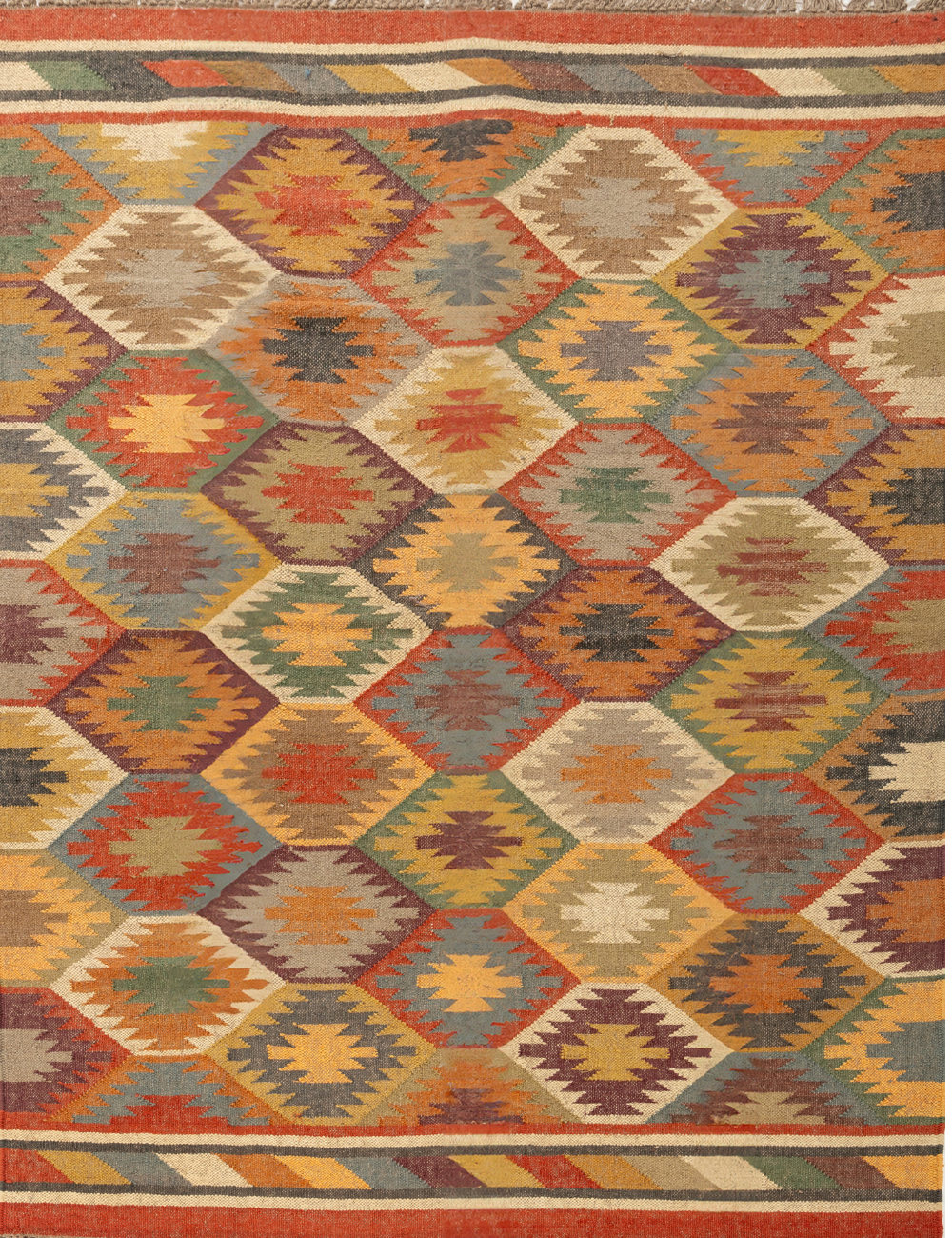

Reviews
There are no reviews yet.